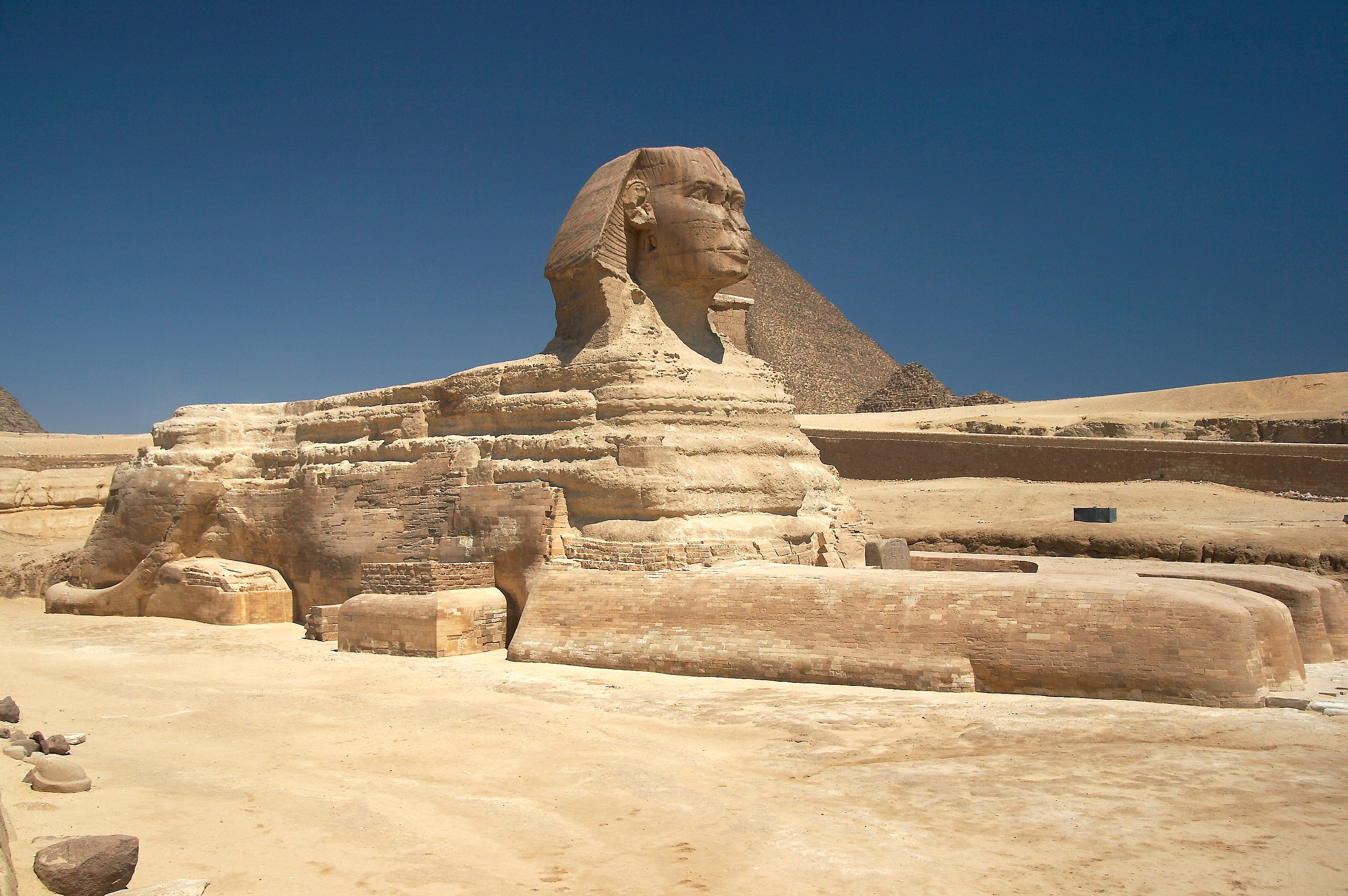The Great Sphinx of Giza: A Timeless Monument of Mystery and Majesty
The Great Sphinx of Giza stands as one of the most iconic monuments in the world, embodying the mystery, ingenuity, and artistry of ancient Egypt. This magnificent statue, carved out of limestone, is situated on the Giza Plateau near Cairo, Egypt. It has captivated the imagination of countless individuals for millennia, inspiring legends, studies, and artistic representations. With its lion's body and human head, the Sphinx symbolizes strength, wisdom, and protection.
Historical Context
The origins of the Great Sphinx date back to approximately 2500 BCE, during the reign of Pharaoh Khafre of the Fourth Dynasty. Scholars believe that the Sphinx was constructed to serve as a guardian for the Giza necropolis, which houses the Great Pyramid and other significant tombs. The monument is thought to represent the pharaoh himself, combining his human intelligence with the might of a lion to convey his divine authority.
Despite the prevalent theory of Khafre’s involvement, the exact date and purpose of the Sphinx remain subjects of debate. Some researchers suggest that it predates Khafre’s reign, possibly by thousands of years, based on weathering patterns and archaeological evidence. This has led to a variety of theories about its builders and significance, ranging from extraterrestrial intervention to connections with the lost city of Atlantis.
Architectural Marvel
Standing approximately 20 meters high and 73 meters long, the Sphinx is a testament to the advanced engineering skills of ancient Egyptians. The statue was carved directly from a single limestone outcrop, utilizing tools made from copper and stone. The level of precision and effort required to create such a colossal structure highlights the technical expertise and dedication of its creators.
The head of the Sphinx is adorned with a nemes, the striped headdress commonly associated with pharaohs, emphasizing its royal identity. However, the nose and beard of the Sphinx have been lost over time. Historical records suggest that the nose was deliberately removed, possibly by iconoclasts or invading forces, although the exact circumstances remain unclear.
Symbolism and Cultural Significance
The Sphinx holds profound symbolic meaning in ancient Egyptian culture. Its lion body represents physical strength and protection, while the human head signifies wisdom and divine authority. Positioned strategically at the entrance to the Giza Plateau, the Sphinx served as a sentinel for the sacred site, warding off potential threats and guarding the spiritual journey of the deceased.
Over centuries, the Sphinx became enveloped in myth and folklore. Ancient texts referred to it as "Hor-em-akhet," or "Horus of the Horizon," linking it to the sun god Ra. In later periods, the Greeks associated the Sphinx with their own mythology, particularly the riddle-posing creature from the legend of Oedipus. These layers of interpretation reflect the enduring fascination and cultural impact of the monument.
Preservation Efforts
The Great Sphinx has faced significant challenges over its long history. Natural erosion, human intervention, and environmental factors have taken their toll on the structure. Over the centuries, it has been buried and excavated multiple times, with major restoration efforts initiated during both ancient and modern periods.
In recent decades, the Egyptian government and international organizations have worked diligently to preserve the Sphinx. Techniques such as limestone consolidation, protective barriers, and regular maintenance have been employed to mitigate further damage. However, the balance between conservation and tourism remains a delicate issue, as millions of visitors flock to the site each year.
Modern Interpretations and Legacy
Today, the Great Sphinx continues to inspire awe and curiosity. It is a symbol of Egypt's rich heritage and a focal point for tourism and academic research. Modern technology, including 3D imaging and geophysical surveys, has provided new insights into its construction and condition. Yet, many questions remain unanswered, ensuring that the Sphinx retains its aura of mystery.
The Sphinx also holds a prominent place in popular culture, appearing in films, literature, and art across the globe. Its enigmatic expression and colossal scale make it a powerful symbol of endurance and the passage of time. As a bridge between ancient and modern civilizations, the Great Sphinx of Giza stands as a timeless testament to human creativity and resilience.


